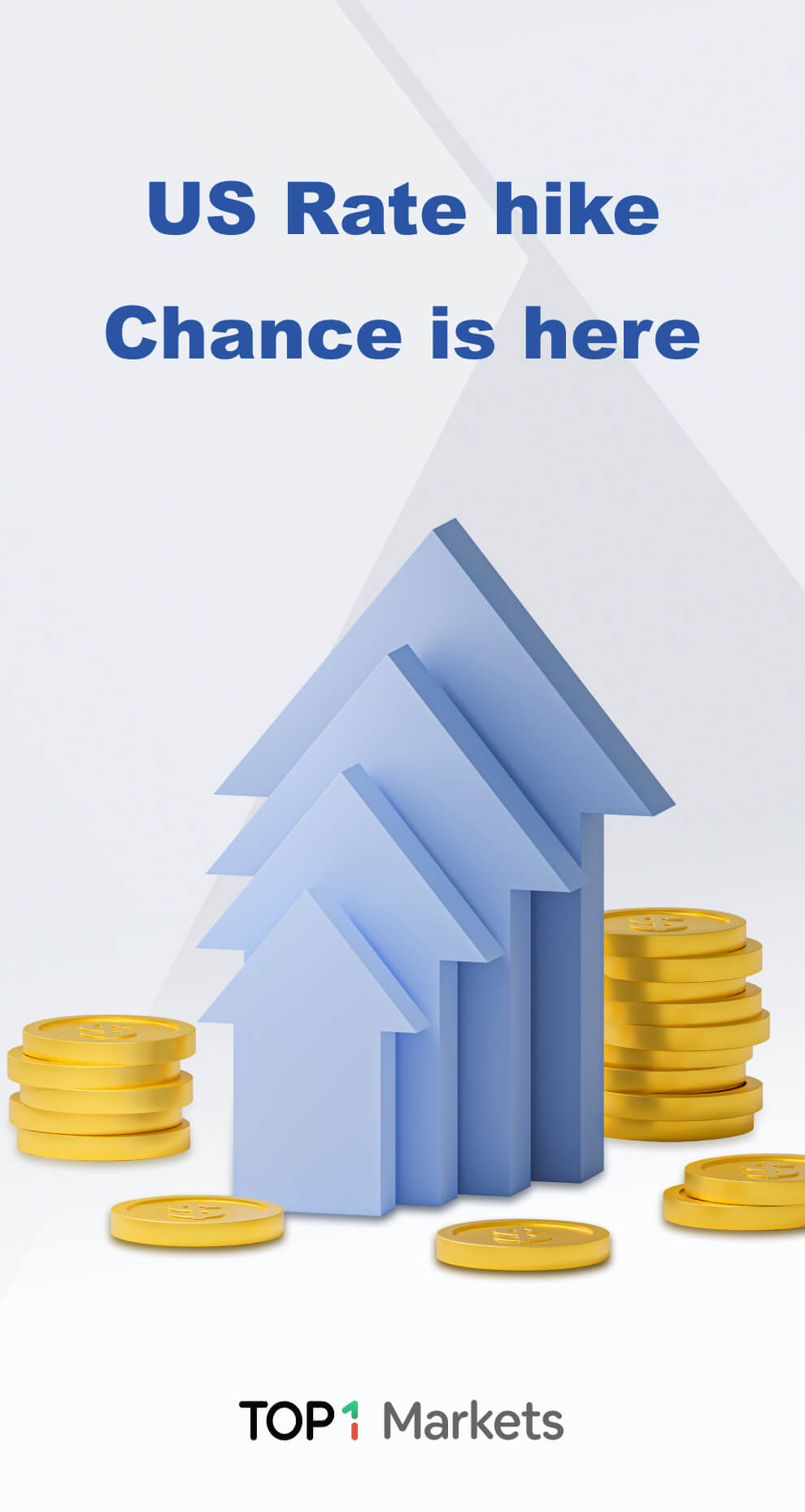
Wall Street finished higher on Wednesday as minutes from the Federal Reserve’s most recent monetary policy meeting revealed that officials unanimously saw the U.S. economy as extremely robust as they struggled to rein in inflation without causing a recession.
The minutes from the Federal Open Market Committee’s May meeting, which resulted in a 50-basis-point increase in the Fed funds target rate – the largest increase in 22 years – revealed that the majority of committee members believed that additional rate hikes would “likely be appropriate” at the committee’s upcoming June and July meetings.
According to Ross Mayfield, an investment strategy analyst at Baird in Louisville, Kentucky, “consensus is a positive thing.” There is no question over what must be done in the near future.
“By September, (the Fed) will have plenty of economic data on which to base their decision, so they continue to have flexibility,” Mayfield noted.
Earlier in the day, all three major U.S. stock indexes fluctuated amid increasing jitters caused by business and consumer surveys, economic data, and corporate earnings reports indicating a cooling American economy – even as the Federal Reserve prepares to throw a bucket of ice water on it to combat decades-high inflation.
Despite signs that inflation peaked in March, these concerns have been fanned by fears that the Fed’s too aggressive interest rate rises might throw the economy into recession.
Mayfield stated, “There is some credibility to the notion that inflation is doing (the Fed’s) work for them.” The dollar’s gain and the equities market’s downturn have contributed to a tightening of financial conditions during the last month.
On Thursday, the Commerce Department is expected to disclose its revised estimate of first-quarter GDP, which economists anticipate will reveal a somewhat less severe loss than the first estimate of a quarterly annualized decline of 1.4%.
On Friday, the Personal Consumption Expenditures (PCE) data will be released, which will give more information about consumer spending and whether inflation peaked in March as predicted by previous indicators.
The Dow Jones Industrial Average increased 191.66 points, or 0.6%, to 32,120.28, while the S&P 500 climbed 37.25 points, or 0.95 percent, to 3,978.73 and the Nasdaq Composite gained 170.29 points, or 1.51%, to 11,434.74.
Nine of the eleven main S&P 500 sectors advanced, with consumer discretionary stocks leading the way with a 2.8% increase.
Amazon.com Inc (NASDAQ:AMZN) and Tesla Inc (NASDAQ:TSLA) delivered the most significant boost to the S&P 500 and Nasdaq, climbing 2.6% and 4.9%, respectively.
The stock of department store operator Nordstrom Inc (NYSE:JWN) increased by 14% after the company issued optimistic annual profit and revenue projections.
After a regulatory filing disclosed that shareholder Nelson Peltz was exploring a potential takeover proposal for the firm, shares of Wendy’s (NASDAQ:WEN) Co rose 9.8 percent.
Shares of Nvidia (NASDAQ:NVDA) plummeted more than 8 percent in after-hours trading following a sales projection shortfall for the second quarter.
On the NYSE, advancing issues outweighed declining ones by a ratio of 3.56 to 1; on the Nasdaq, the ratio was 2.22 to 1.
The S&P 500 had three new 52-week highs and 32 new lows, while the Nasdaq recorded 23 new highs and 255 new lows.
Volume on U.S. exchanges was 11.19 billion shares, compared to the 20-day average of 13.27 billion shares for the whole day.




